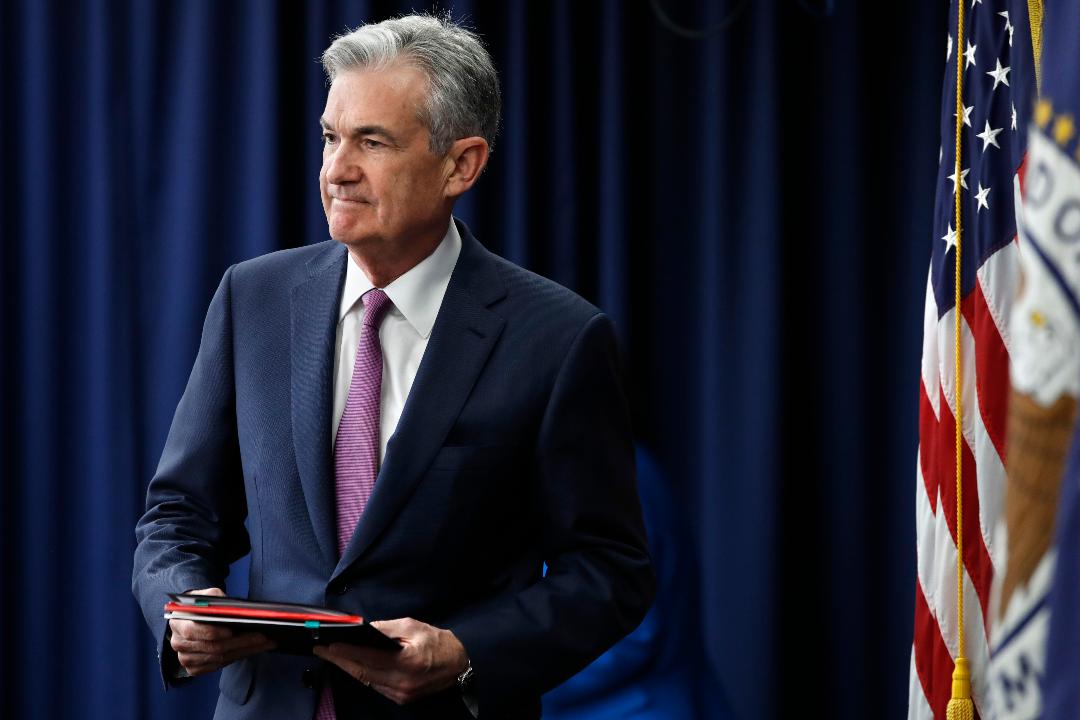10 years on, Fed's long, strange, trip to zero redefined central banking
WASHINGTON (Reuters) - ZIRP. ZLB. ELB.
Whatever the acronym, when the U.S. Federal Reserve dropped its policy rate to near zero on Dec. 16, 2008, to counter a full-scale economic crisis, it ushered in what the central bank's chairman at the time, Ben Bernanke, called "the end of the old regime."
A decade later, the full impact and import of that move are still not fully clear. But the Fed was never the same. The decision to move to zero ushered in wholesale changes to how the Fed works, from its building a massive balance sheet to adopting an explicit 2 percent inflation target and holding regular post-meeting press conferences.
A new body of research continues to explore the likelihood that trips to the "effective lower bound" will become common.
WHAT IS ZIRP?
It stands for "zero interest rate policy," and became one of the most common acronyms used to describe the seven-year period when the Fed's benchmark overnight lending rate was parked in a range of between zero and 0.25 percent. Policymakers also called it the "zero lower bound" and "effective lower bound."
The Fed was not the first to employ such an aggressive response to an economic downturn. The Bank of Japan adopted ZIRP in the 1990s in response to a collapse in its real estate market that helped trigger a decade of economic stagnation.
WHY ADOPT ZIRP?
There was nowhere else to go. From July 2007 to the fall of 2008, the Fed had trimmed its target policy rate from 5.25 percent to 1 percent.
The economy was so weak that many models indicated the appropriate interest rate for the Fed would have been negative - in effect a tax on savings that might prompt people to spend. While theoretically possible and in fact later adopted by a few central banks elsewhere, negative interest rates would have been a political non-starter in the U.S. Congress, and difficult to sell to the public in a fast-moving crisis.
Instead, a dramatic Fed action drove the policy rate to a range of between zero and 0.25 percent. It was, in effect, a zero rate, but more importantly demonstrated the Fed's willingness to go to extremes.
DID IT WORK?
Not hardly. And Fed officials knew the developing crisis needed more than just standard interest rate policy.
"I see few advantages to gradualism," then San Francisco Fed president Janet Yellen, the eventual chair, said according to transcripts of the December meeting. The statement announcing the cut also said the Fed "will employ all available tools to promote the resumption of sustainable economic growth."
That flagged what was to come, including trillions of dollars in asset purchases used to shore up financial markets and maintain the low long-term interest rates that are critical to the housing market and mortgage lending. Even though the Fed could not cut its target rate any further once the "zero lower bound" had been reached, the unconventional tools used by the Fed then still shape financial markets today.
DID IT HURT?
The unemployment rate is at its lowest in nearly 50 years. Inflation is hovering around the Fed's target. A near decade of economic growth will become the longest expansion on record next year.
What's not to like?
It took seven years for the Fed to leave the zero lower bound, and rates are still abnormally low. By some accounts, consumers and businesses may be addicted to cheap money, and so sensitive to interest rates their willingness to buy homes or invest may fall off more quickly than in the past as rates rise.
Corporations, meanwhile, have gorged on cheap debt, possibly laying the groundwork for the next crisis.
WILL IT HAPPEN AGAIN?
Almost certainly.
The Fed has been raising interest rates now for three years, but does not expect take them much higher than 3 percent. Target policy rates of 5 percent or more were common in the past, but few at the Fed expect to return to those days.
The working assumption is that rates globally will remain lower than they were, and that policymakers will routinely reduce rates to zero in future recessions. As a consequence, they expect to keep tools like asset purchases at the ready, and are exploring other strategies, such as higher inflation targets, that could lift all rates closer to their previous levels.
The era of ZIRP, in other words, may have just begun.
(Reporting by Howard Schneider; Editing by Andrea Ricci)




















